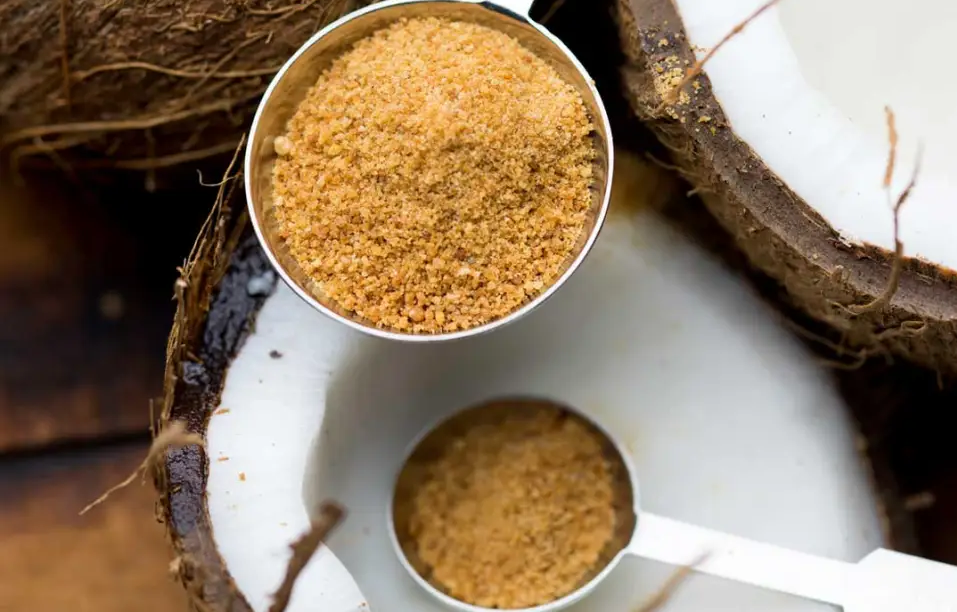Giant Hogweed (Heracleum mantegazzianum) is considered an invasive species in many regions due to its ability to rapidly spread and outcompete native plants. Here are some reasons why it is considered invasive and how it can be controlled:
- Rapid growth and large size: Giant Hogweed can grow very quickly, reaching heights of up to 15 feet (4.5 meters) in a single season. Its large size allows it to shade out and outcompete native plant species, reducing biodiversity.
- High seed production: The plant produces a large number of seeds, with each plant capable of producing up to 50,000 seeds. These seeds can remain viable in the soil for several years, leading to the potential for continuous germination and the establishment of new plants.
- Lack of natural predators or diseases: In many regions where Giant Hogweed has been introduced, it lacks natural predators or diseases that would help keep its population in check, allowing it to spread unchecked.
Controlling Giant Hogweed can be challenging, but various methods can be employed:
- Mechanical removal: Wearing protective clothing to avoid contact with the sap, manually removing the plants can be effective for small infestations. The entire plant, including the root, should be carefully dug out to prevent regrowth. However, this method should be done with caution to avoid skin contact with the sap.
- Herbicides: The use of appropriate herbicides can be effective for larger infestations. It is important to follow local regulations and guidelines for herbicide application, and consult with professionals to ensure the safe and effective use of herbicides.
- Preventing seed spread: Preventing the spread of Giant Hogweed seeds is crucial for control. The plants should be carefully bagged and disposed of to prevent further seed dispersal. It is also important to prevent seed spread during transport or movement of soil or vegetation from infested areas.
- Biological control: In some cases, biological control methods involving the introduction of natural enemies of the plant, such as specific insects or pathogens, can be considered. However, this approach requires careful evaluation and should only be implemented by experts to avoid unintended consequences on native species.
It’s important to consult with local authorities, agricultural extension offices, or invasive species management organizations in your area to get specific guidance on controlling Giant Hogweed, as methods can vary based on regional regulations and conditions. Additionally, it is crucial to take proper precautions when dealing with Giant Hogweed to avoid exposure to its sap, which can cause severe skin reactions.









One thought on “Why Giant Hogweed is Invasive and How to Control It”